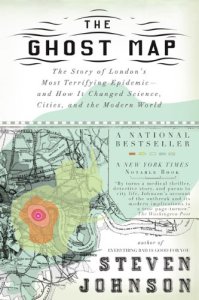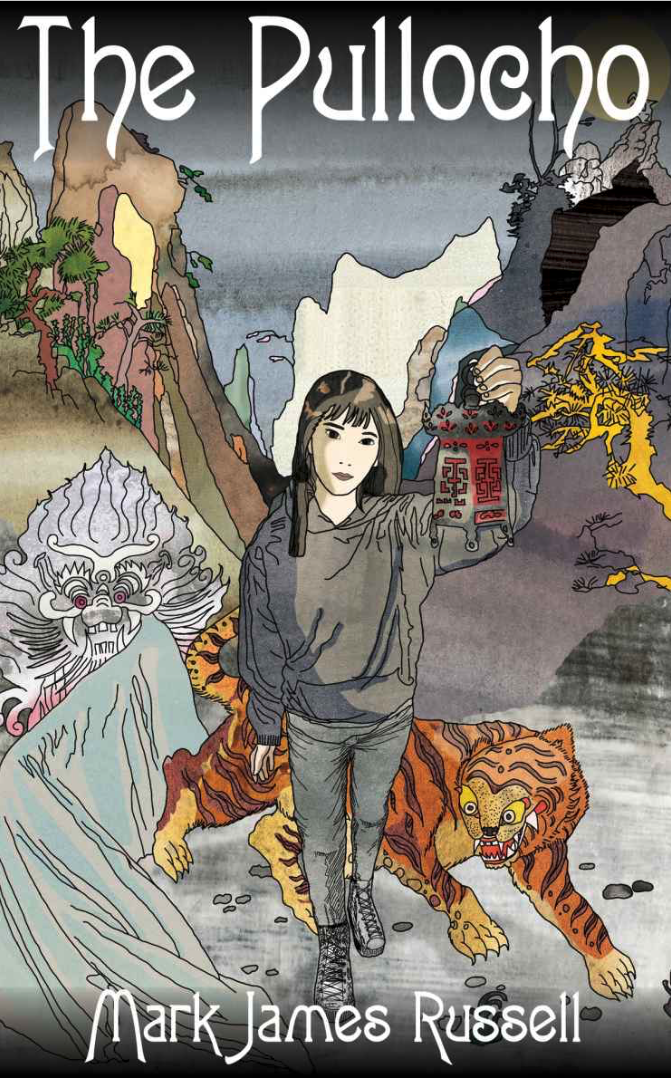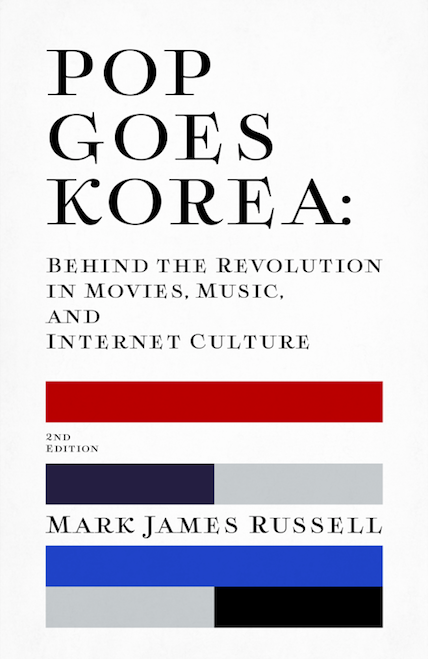It looks like we somehow survived the great ebola plague of 2014. Korea was, of course, devastated with, uh, zero cases. The United States somehow turned back the zombie-like scourge that infected, what, four people? Most of whom had been to Africa.
By coincidence, I have started reading an excellent history of the 1854 cholera outbreak in London: The Ghost Map: The Story of London’s Most Terrifying Epidemic–and How It Changed Science, Cities, and the Modern World. Just an excellent book so far.
It is especially fascinating to compare how fear and superstition back then got in the way of understanding and treating the disease properly — much as happened in the United States with ebola (fortunately, medicine and science was able to mostly out-muscle the politicians). I particularly liked the saying: “Whilst pestilence slays its thousands, fear slays its tens of thousands.”
Korea, like most of the world, has had to deal with periodic cholera outbreaks over the years, going back to at least 1821 when it came via China (that date would be before the disease made it to Europe). Cholera would continue to flare up over the years, well into the 1980s. This is an interesting paper on cholera and Korea in the colonial era. The cholera outbreak of 1919-20 appears to have been the most deadly in Korea, when 25,000 people died.
How things change. Today, the International Vaccine Institute, which is based in Korea, is working on an oral cholera vaccine specially designed for developing nations (being cheaper and easier to administer).
But I still got my flu shot.




Leave a Reply